
THE ACRYLIC
This unit aims to immerse you in a comprehensive way on Technical, Paint and Approach of the Acrylic Paint. In this module, we will dive into the concept of the acrylic paint, we will explore the essential materials needed for working with this versatile medium and how to select the right types of acrylic paint more suitable for your artistic projects.
Throughout this unit, we will focus on providing you with the necessary tools so that you can express yourself with greater versatility and creativity in the art of acrylic painting, with the goal of raising your level of mastery. We hope you enjoy this stage in your learning process and make the most of the experience.
In summary, the detailed study of the Techniques, Painting and Approach of the Acrylic in this course is essential for students to acquire a complete mastery of this versatile and explore a wide range of techniques and creative styles. This approach will provide the necessary tools to express themselves effectively through the acrylic paint, allowing you to expand the artistic ability in the field of visual arts.
During this fourth unit, we will immerse ourselves in crucial aspects such as the concept of the acrylic paint, the essential materials, and the selection of suitable types of acrylic paint. We will address topics such as the use of the retarder and glazing, as well as diluents to control the viscosity of the paint. In addition, we go into the creation of textures and special effects, such as the craquelados, the pointillism and the glaze, which added depth and enrich your works.
Finally, we will explore the techniques of fluffy and acrylic vectors, expanding your skills and giving you the opportunity to experiment with different creative approaches in your acrylic paintings. This unit will provide you with a solid foundation and will prepare you to express yourself with greater versatility and creativity in the exciting world of painting.
The classes of this fourth unit will focus on practice, where you will be able to directly apply the techniques learned. Our video format gives you the flexibility to pause, move forward or backward classes to study each concept according to your needs. In addition, the section of questions at the end of every class is available to provide you with the support you need, both from your classmates and the teachers attending the course. We wish you many successes and we are here to help you every step of your learning. Don't hesitate to ask and share your experiences!
Materials to paint with acrylics
Before you start full on with the painting, we recommend this amazing set of art which is full for those who start in this great world of painting.
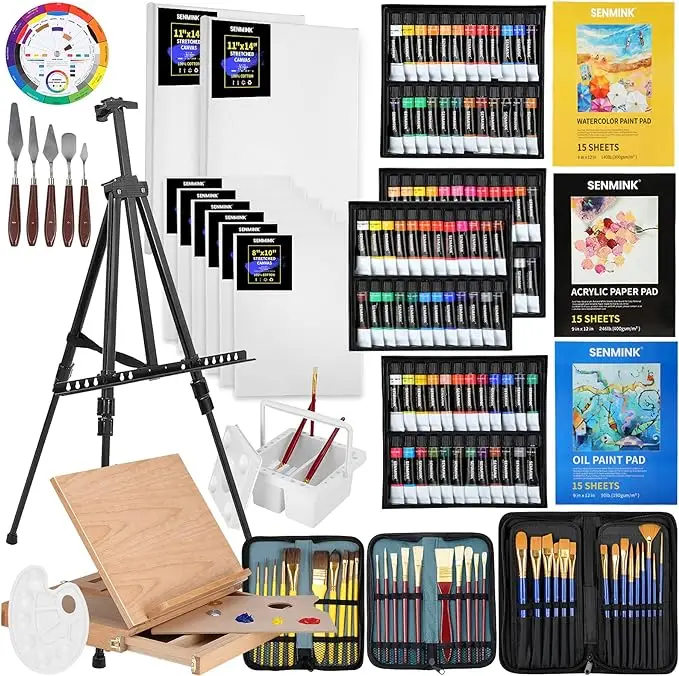
Game of 149 pieces of painting artist luxury with easel aluminum and beech wood, 96 paints, canvas stretched and accessories, supplies painting art for artists, beginners and professionals
Purchase at the following link:
We start with the acríilico! - Materials
Video support thanks to the channel “Artist-Generic”
video which explains the most basic materials of painting in order that you might begin to create beautiful works of art.
Thinners for acrylic painting
Video support thanks to the channel “TOY MAKER”
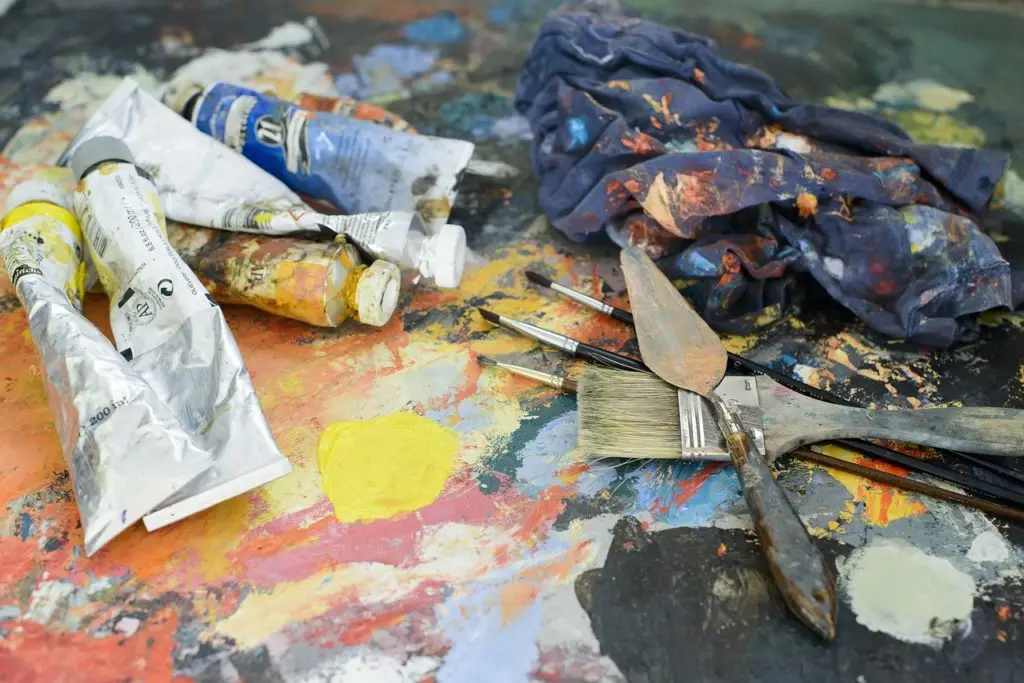

Class with acrylic for beginners 1
Thanks to the “Workshop school of art” and the Teacher Helena Haros
In this section we have 12 videos tutorials for beginners, which are perfect for the beginning and understanding of the management of the acrylic. We hope to follow step-by-step and achieve a great overview of the management of this wonderful technique, which we think is very essential to move the oil.
Note: Follow the order of the titles.
1. First steps
2. Mixing colors
3. Collage
4. Sea and rocks
5. Flowers
6. Forest
7. Mediterranean home
8. Mediterranean home 2
9. Still life
10. Forest and shadows
11. Cliff with stones
12. Field of poppies
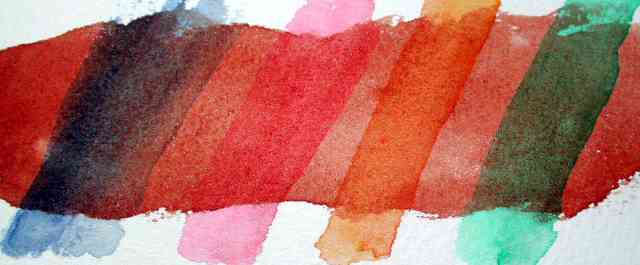
The glazes
The glazes are a technique used in artistic painting, which consists of applying thin layers and transparent paint on a surface previously painted and dry. These layers translucent to allow the underlying layers of paint are partially visible, creating visual effects, subtle and changing the overall appearance of the work.
The main purpose of the glaze is to achieve a greater depth, luminosity and richness of colour in the painting. By applying layers of translucent, you can mix colors for a more gentle and gradual, creating smooth transitions between tones and highlighting details. This technique has been used throughout the history of art, being especially prominent in the styles of the Renaissance and the Baroque.
Artists often employ media such as oils, watercolors or acrylics to make glazes, depending on the nature of painting, and their personal preferences. In summary, the glazing is a technique that adds depth, brightness and complexity visual-to-a work of art through the application of thin layers of transparent paint over a base that already exists.
The glazing in acrylic paint
The glazes are an important technique in acrylic paint and can add depth, lightness and subtlety to a work. Here we highlight some key aspects about the importance of the glazing in acrylic paint:
- Transparency and Layers: The layers consist of applying layers of translucent paint on a surface already painted. This allows the lower layers remain visible, creating a sense of depth. The transparency of the glazing allows light to pass through the layers, which can give you a luminous look and vibrant.
- Improving the Color and Tonality: applying glazes, they can adjust and improve the existing colors in the painting. You can achieve subtle changes in hue and color temperature, which provides visual richness and nuances to the work.
- Creating Atmosphere: The glazes are specially useful to represent atmospheric effects, such as fog, smoke or filtered light. By applying layers of translucent, you can achieve subtle effects that suggest the atmosphere and the depth in landscapes or scenes.
- Union of Elements: applying glazes on specific areas, can be joined to visually elements in a painting. This can be useful to integrate different parts of a composition and create a sense of cohesion in the work.
- Corrections and Smoothing: The layers offer the possibility of correcting problem areas or transitions to steep in a painting. Also allow to soften edges and blend colors more gradually, giving a more natural-looking and harmonious to the work.
- Experimentation and Creativity: The art of glaze provides artists the opportunity to experiment with different color combinations and visual effects. When you play with the layers translucent, artists can discover new nuances and artistic expressions.
- Flexibility and Control: The acrylic paint is known for its fast drying, which provides artists with greater flexibility and control when working with glazes. Can be superimposed layers more efficiently, allowing for adjustments and refinements fast.
In summary, the glazing in acrylic paint are a valuable tool that offers artists the possibility to add complexity and depth to their works. This technique provides a means to express the atmosphere, adjust colors, and create visual layers that enrich the aesthetic experience of the acrylic paint.

Example of a job with glazes.
Techniques of glazing in acrylic paint
Video support thanks to the “Master Yahi Terrés”
The technique of glazing consists in stack thin layers of paint to achieve effects of transparency in the works. Dilute the paint with water to create this effect. In the video is done a painting with this technique.
How to make Glazes with ACRYLIC
Video support thanks to the channel "JonaRodriguezArt"
In this video we will see how to achieve glazes are very characteristic of the oil, but with acrylic paint with a finish very original and clean.
Through glazing acrylic Liquitex
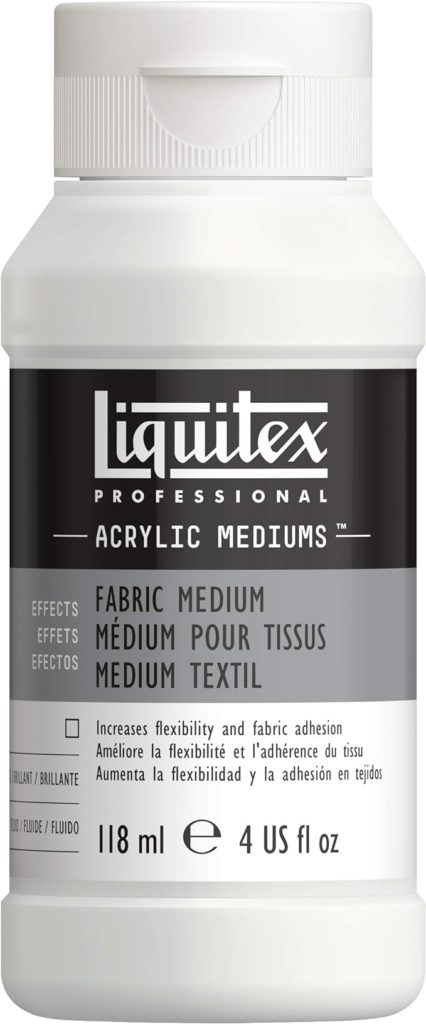
We recommend this wonderful professional Environment to make glazes in acrylic. Watch the video of how it is used.
Purchase at the following link:
Paint a face with acrylics using glazes / Technique of grisaille
Audiovisual Material thanks to the "Master Paul Santin" and your channel "The Drawing in the Art"
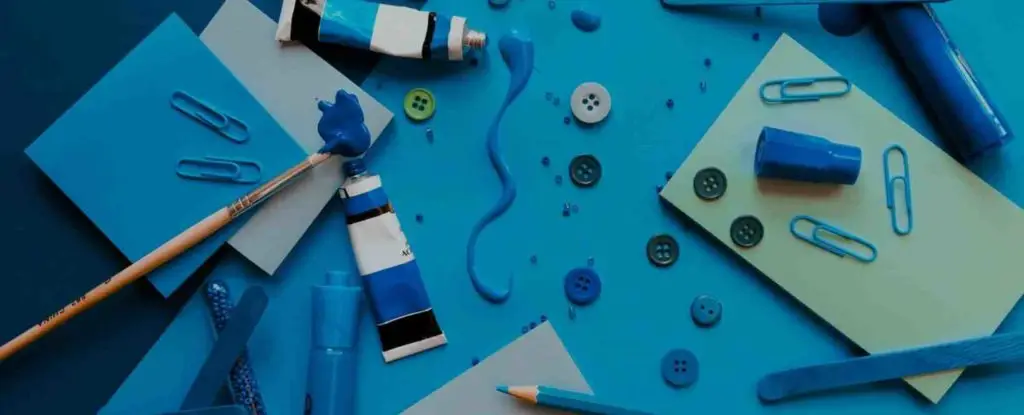
Work Unit 4
Send two (2) composition in acríilico taking into account:
Job 1:
- Composition, Lace, and proportion.
- The basics of the color.
- Luces y sombras.
- Firmar la obra.
Make a work with layers, taking account of the above points.
Enviar el trabajo por nuestro siguiente formulario digital, especificando la Unidad correspondiente.
Todos los puntos del formulario son obligatorios. Tus trabajos serán mostrados al público en la exposición virtual de graduación en el metaverso al final del curso para los estudiantes que se certifiquen.

